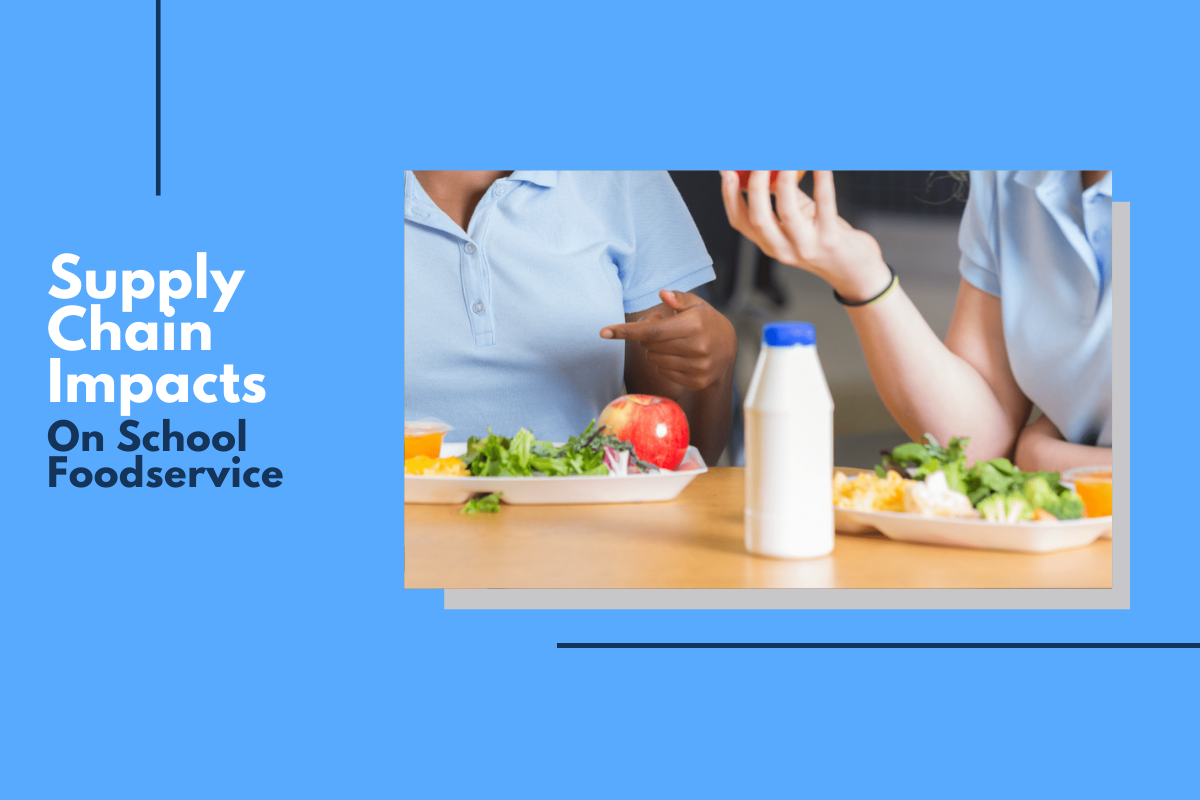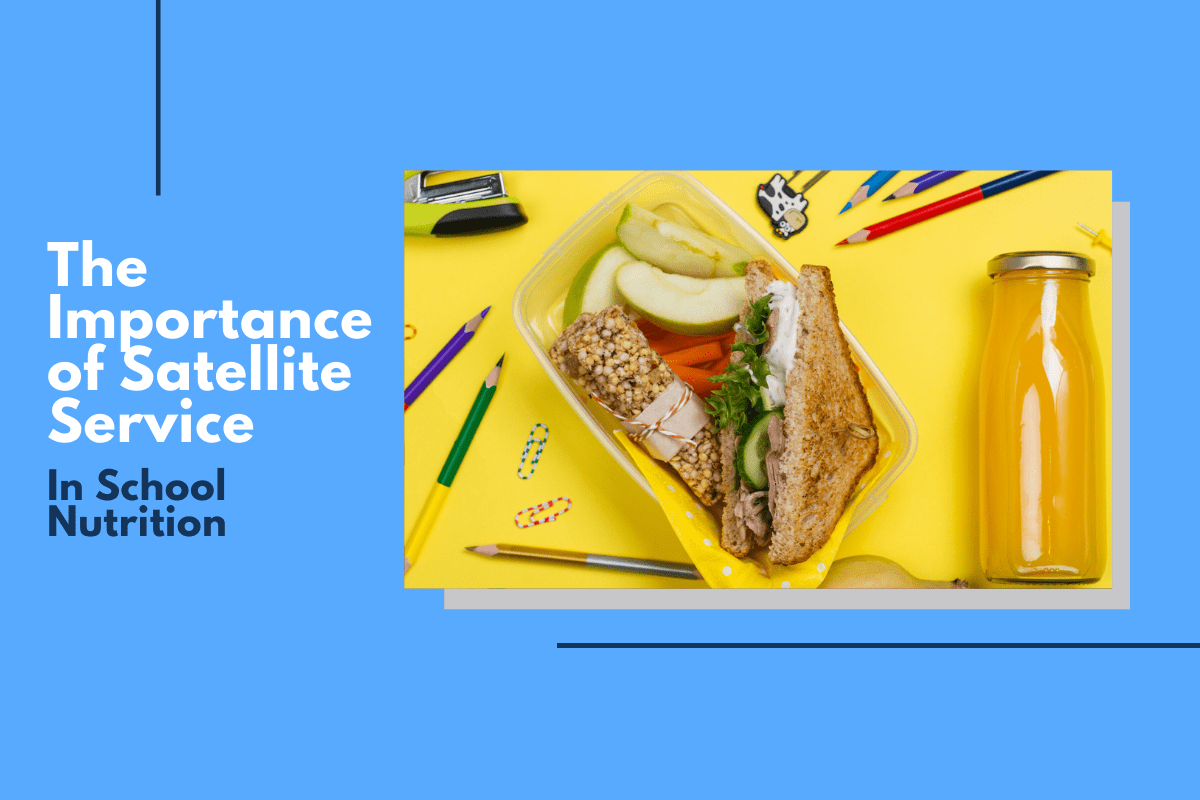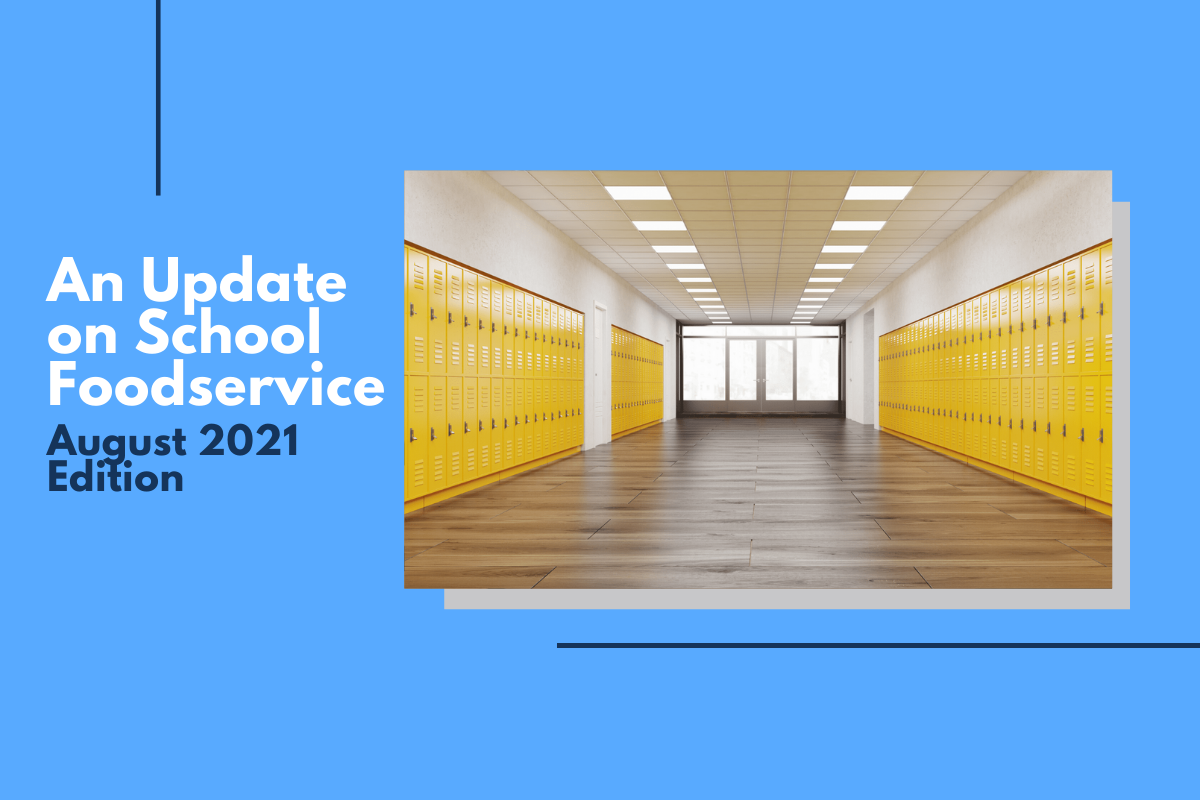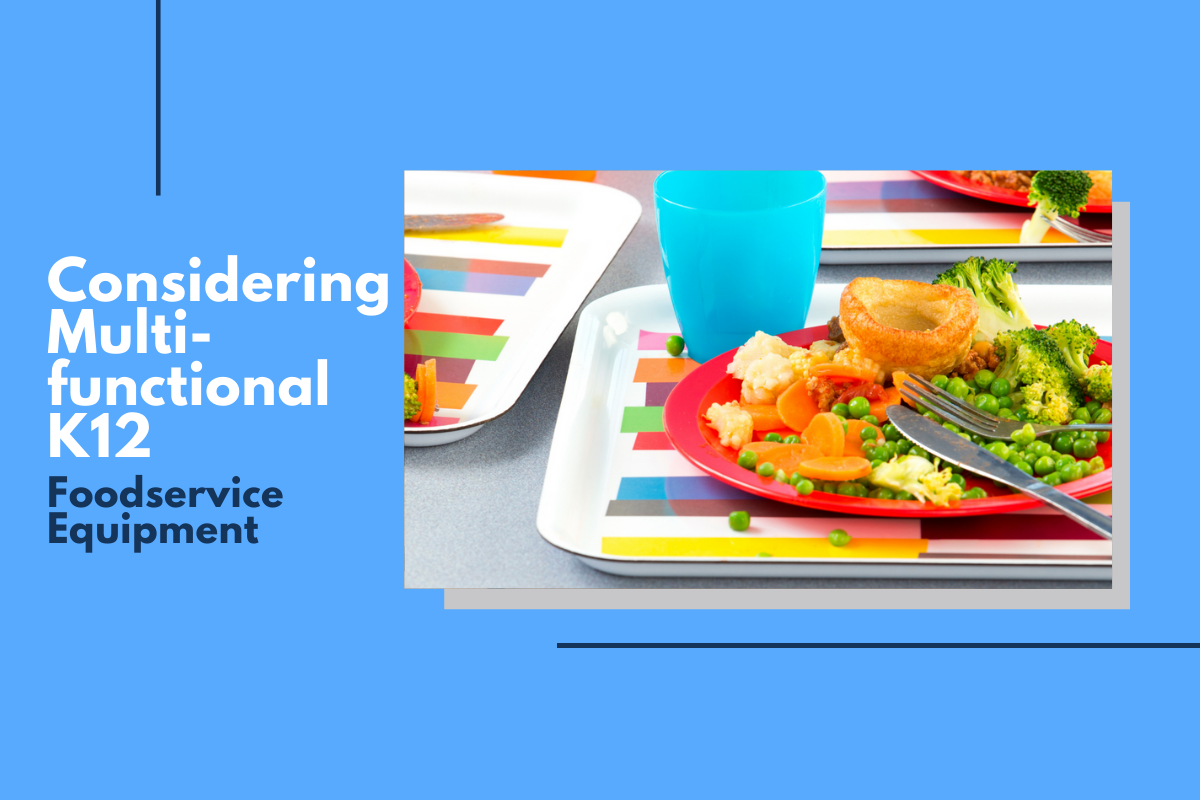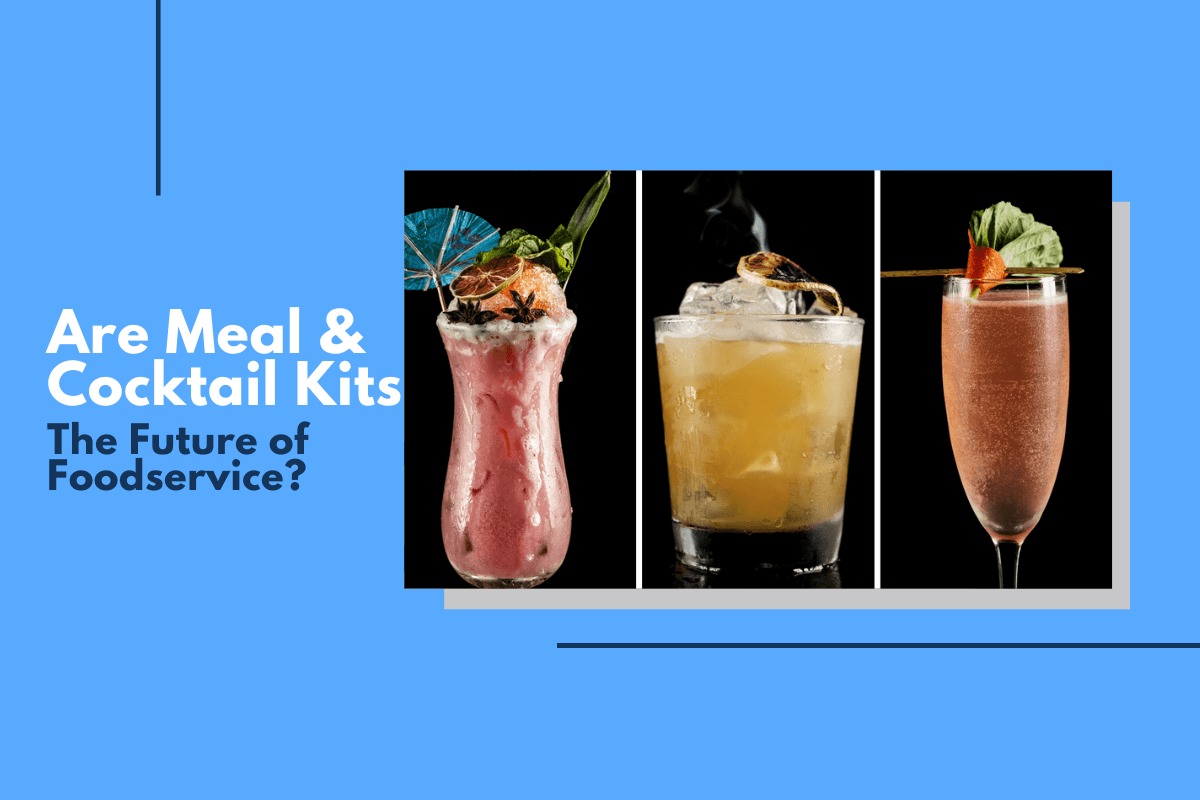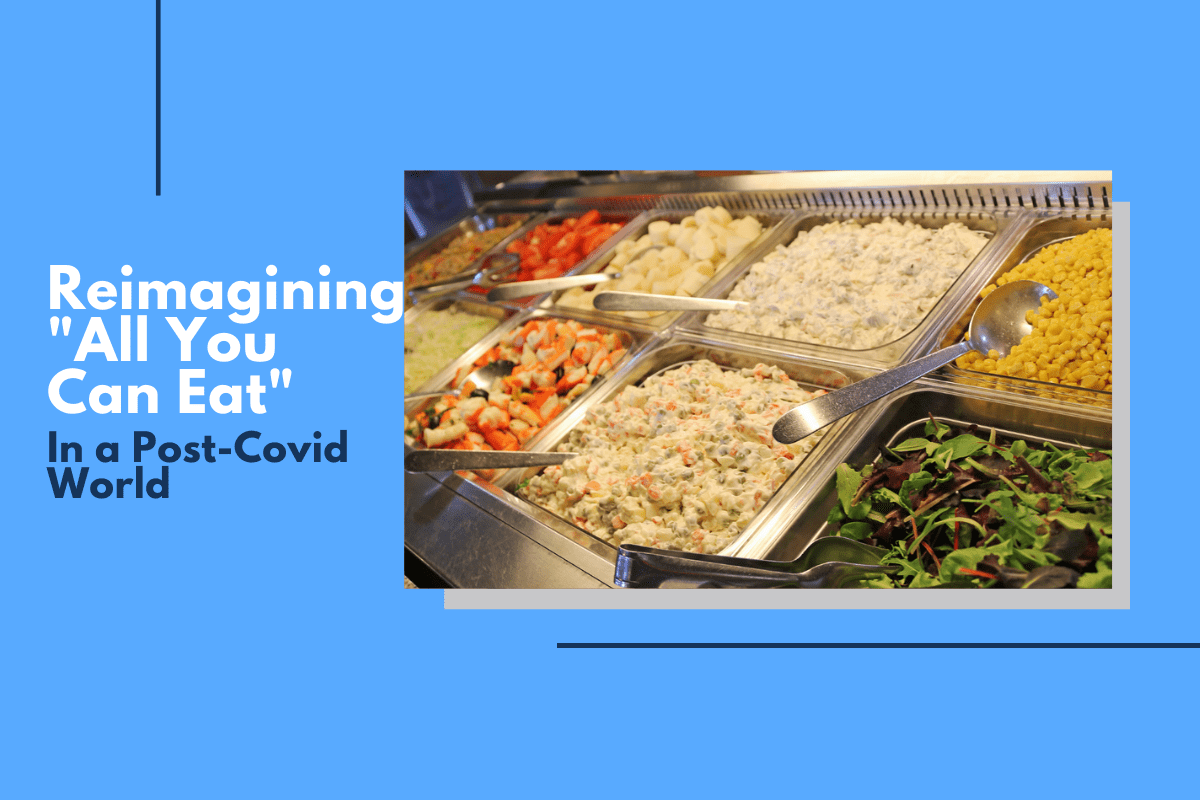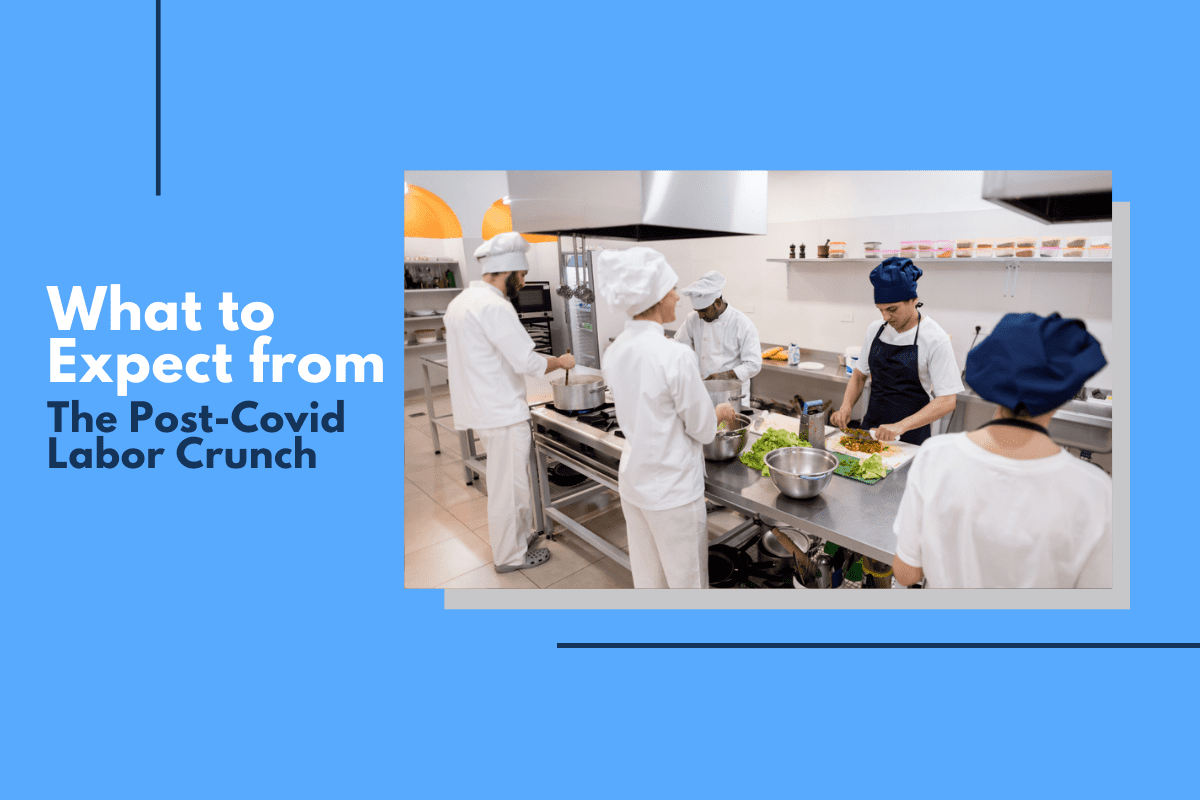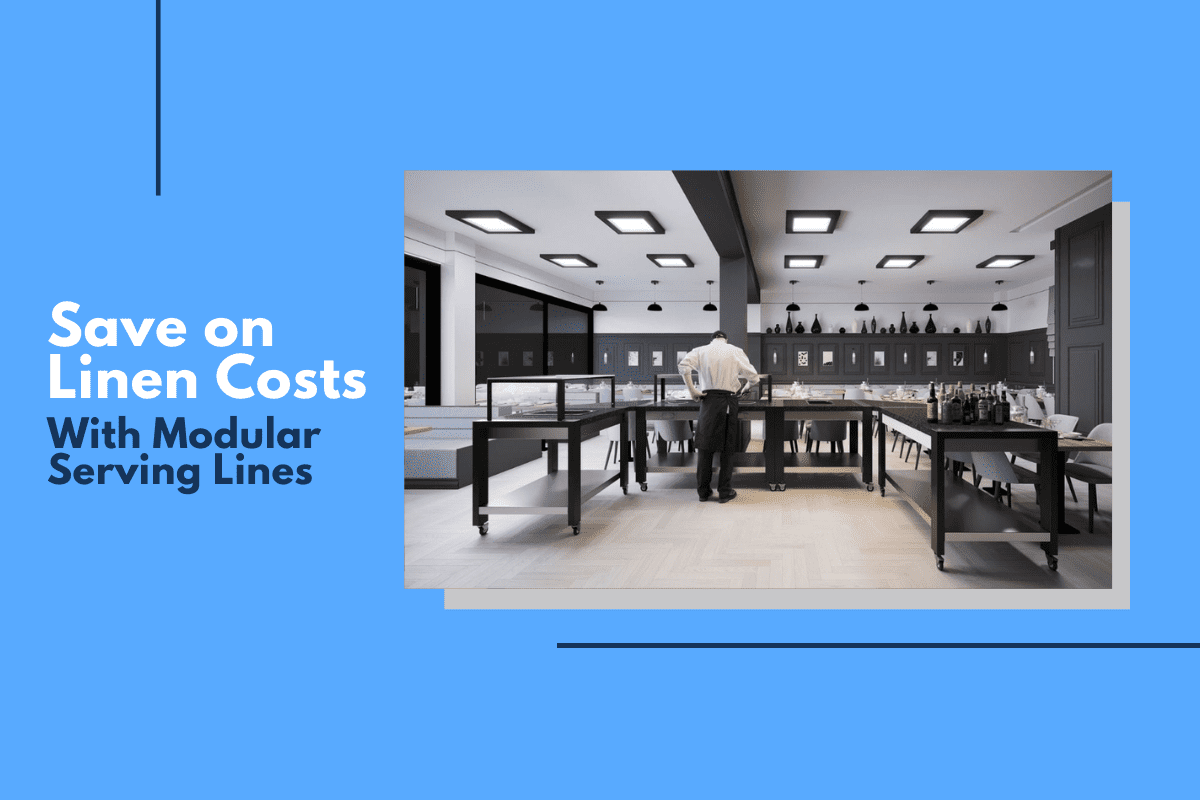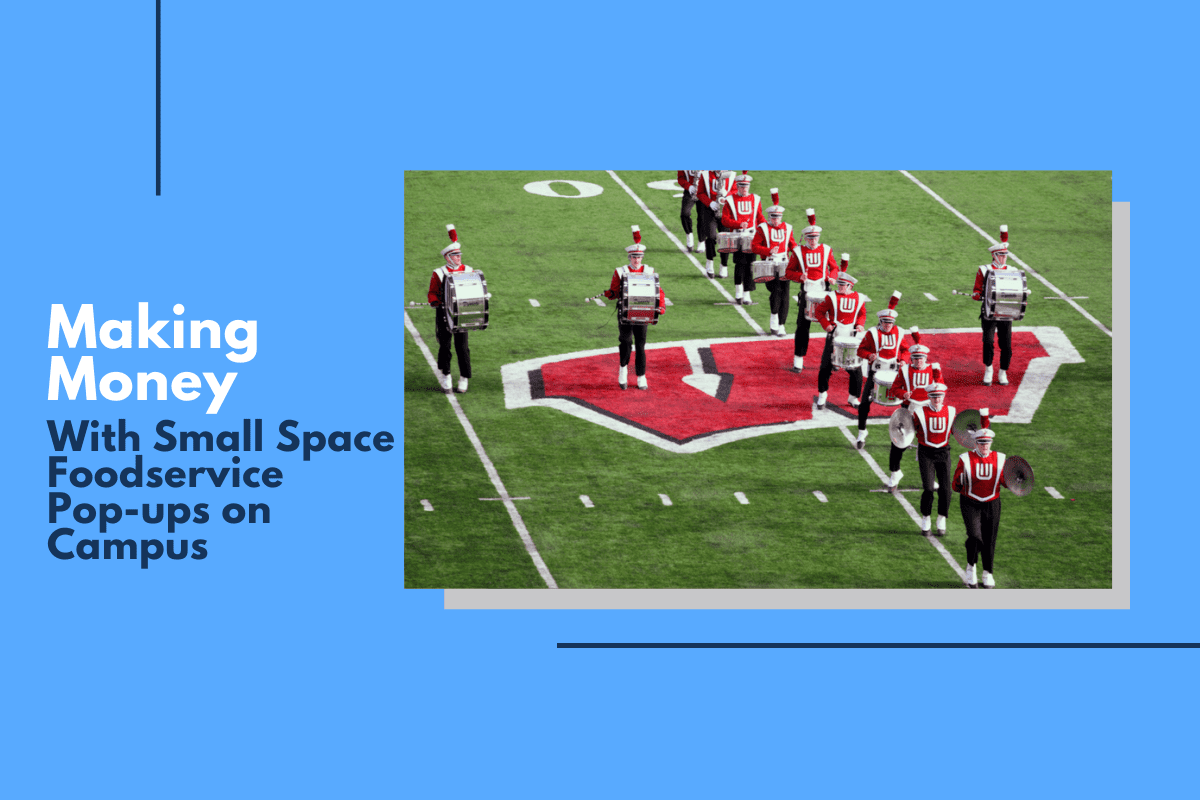
Making Money with Small Space Foodservice Pop-Ups on Campus
The bands are playing in the end zone and the quad is filled with tailgaters getting ready for the big game. Yes, college campuses are back in full effect, and all you need for proof are the stadiums on a Saturday afternoon.
For C&U foodservice directors, the increase in on-campus foot traffic, whether it be on gameday or on a random Wednesday morning, is an opportunity to increase revenue for the overall program. One way to achieve this is to develop otherwise unused spaces as pop-up foodservice operations.
Traditionally, college foodservice has been relegated to cafeterias. Just think about the movies. We all know the classic scene in Animal House as John Belushi moves his tray down the serving line. Today, though, college foodservice can be much more creative, in large part because of the equipment C&U directors can use to serve it.
THE TOP 3 REASONS COLLEGES AND UNIVERSITIES SHOULD CONSIDER POP-UP FOODSERVICE OPERATIONS
- First and foremost, pop-ups contribute to profitability: By moving the point-of-sale to an area on campus that is otherwise unused, C&U foodservice directors can literally create new points of profit.
- Keeping students on campus is critical for the fiscal health of a C&U foodservice operation: And if you can move the point of sale just about anywhere, why not in places of convenience that will keep students on campus rather than walking half a mile down the street?
- Pop-ups provide marketability: By developing creative, mobile foodservice solutions, a college foodservice operation gains the ability to develop a brand for the overall program, much like the team all suited up in the stadium can do.
A Successful Pop-Up Depends on the Right Foodservice Equipment Solutions
Mobile, pop-up foodservice is beneficial, but it’s not easy. It requires the right planning, equipment, and training.
The teams at Lakeside and Multiteria have developed solutions specifically for this niche market, and we’d be happy to share our tips and tricks to help develop a successful C&U pop-up foodservice program.
From grab-n-go sandwich shops to coffee kiosks, we have solutions that can help turn these ideas into reality.

